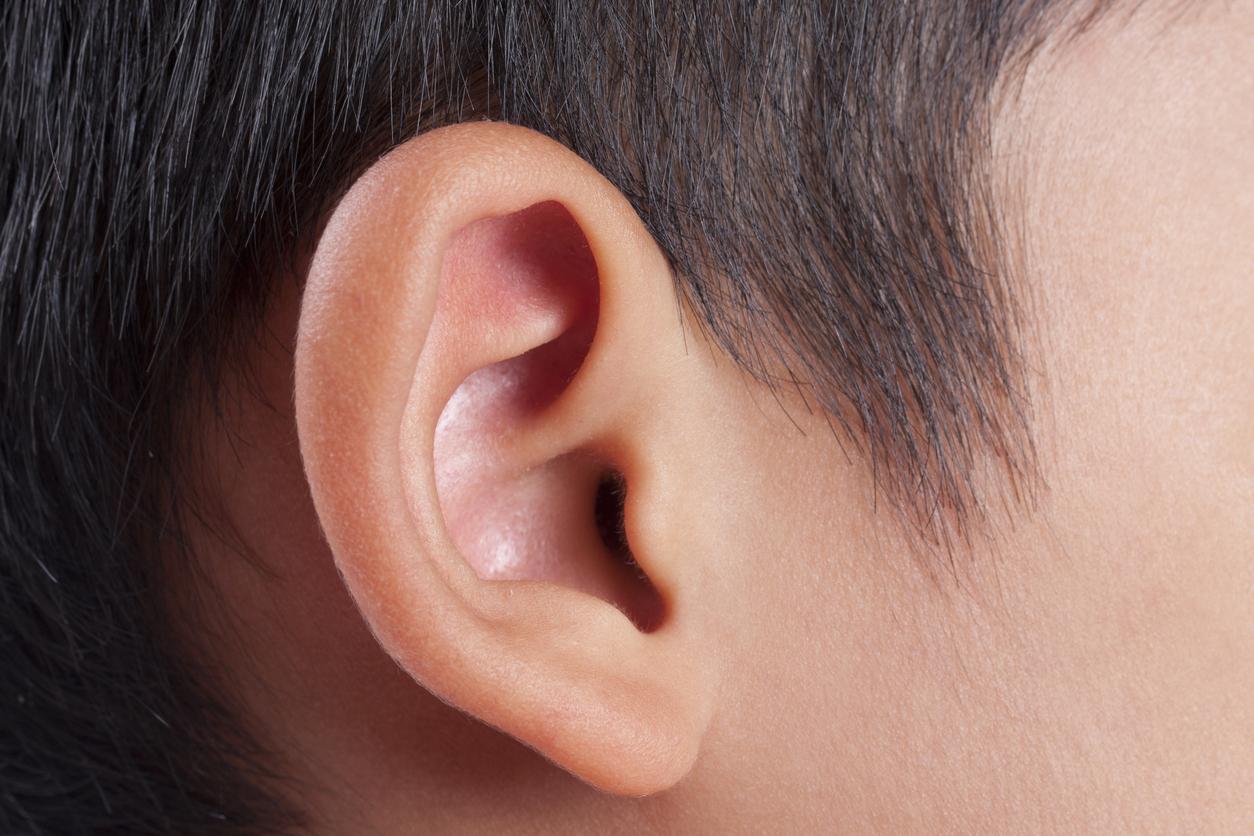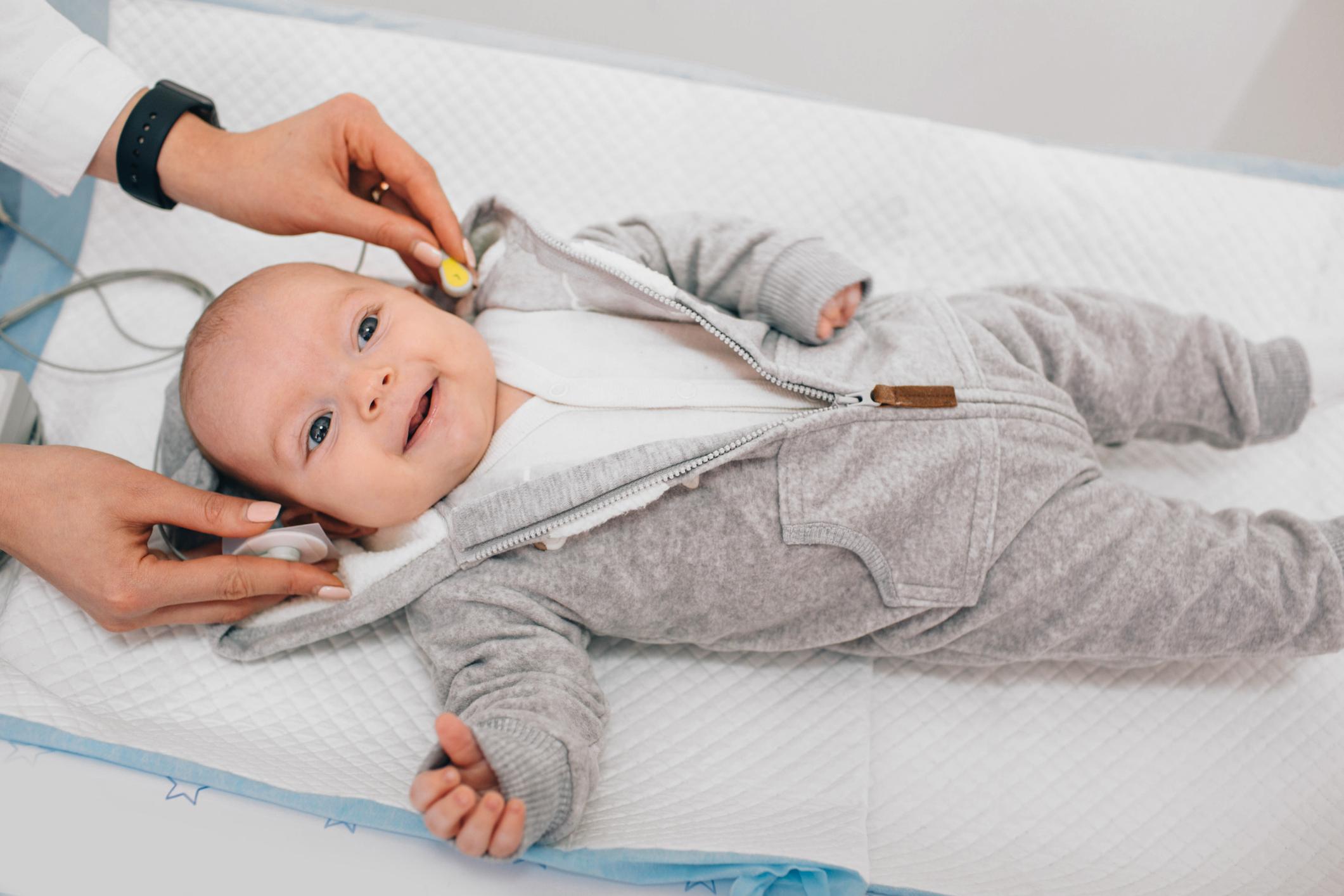On the occasion of the Telethon, Serge Braun, scientific director of the AFM-Téléthon, explains to us what gene therapy is.

- Serge Braun, scientific director of AFM-Téléthon, explains how gene therapy works.
- “The idea of gene therapy is to use the genes or cells of our body as medicines,” explains the expert.
- “Gene therapy is today being tested on neurodegenerative diseases (Parkinson’s), vision diseases (AMD) and heart diseases (Myocardial infarction),” he welcomes.
While the Telethon will take place this Friday December 8 and Saturday December 9 throughout France and on the antennas of France Télévision, Serge Braun, scientific director of the AFM-Téléthon, explains how gene therapy works, a treatment considered revolutionary which has grown significantly in recent years.
What is the idea of gene therapy?
“In theory, it’s simple, but the reality is much more complicated. The idea of gene therapy is to use our body’s genes or cells as medicines,” begins Serge Braun.
“35 years ago, there was nothing. This challenge of genetics was launched at Généthon 30 years ago thanks to the first Téléthons. Since then, we have developed a map of the genome, we have identified the genes responsible diseases and we have developed therapeutic tools… In 2000, Alain Fischer’s team achieved the first success in gene therapy in immunodeficiency. This new technology was then applied to blood diseases such as beta -thalassemia or hemophilia, then vision diseases”, he continues.
“We are now tackling more complex diseases such as neuromuscular diseases which affect the equivalent of half of the body’s weight. Trials are also underway for liver diseases, with very early results. encouraging… What was considered science fiction yesterday is today a therapeutic reality”, welcomes the specialist.
Who is affected by gene therapy?
Does this medical revolution concern us all? “Of course. The fruit of this research benefits common pathologies. For example, they are now being tested on neurodegenerative diseases (Parkinson’s), vision diseases (AMD) or even heart diseases (Myocardial infarction)”answers Serge Braun. “CAR-T cells, a form of immunotherapy intended to treat certain cancers, also use technology initially developed to treat immune deficiencies. Today, nearly 30 gene therapy drugs are available. Donating to the Telethon means is therefore supporting research that can benefit each of us”, underlines the scientific director of the AFM-Téléthon.
The development of technologies related to gene therapy, in particular those based on the use of RNA, also gives rise to treatments in the vaccine field (with more than 25 registered products).
What are the limits of gene therapy?
Despite everything, gene therapy still has certain limitations. “The vectors most used in gene therapy are often derived from viruses, in particular adeno-associated viruses (AAV) intended to treat the muscle, the liver, the eye… It is estimated that 30 to 50% of the population is naturally immune to these AAVs. So many people cannot benefit from gene therapy.” specifies the AFM-Téléthon in a press release.
“In addition, almost all patients receiving gene therapy will develop antibodies against the vector, preventing possible effective readministration. Furthermore, it has been observed in recent clinical studies that AAVs can trigger very sensitive immune responses. important depending on the patient’s immunological profile and the mutations responsible for certain diseases”further deplores the patient association.
“Research must therefore continue, both to identify patients likely to develop side effects but also to work on a new generation of gene therapy which will allow progress towards the design of more effective and safer drugs,” conclude the activists.

















